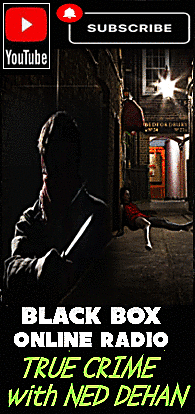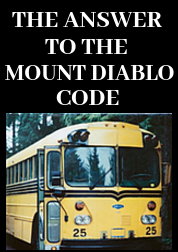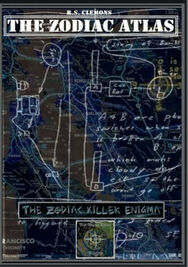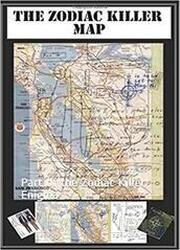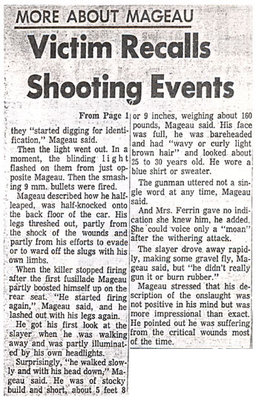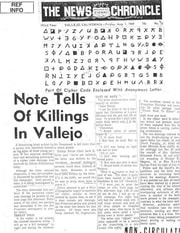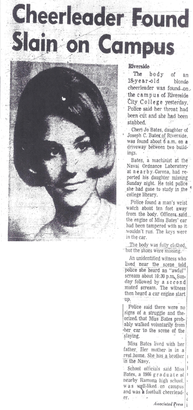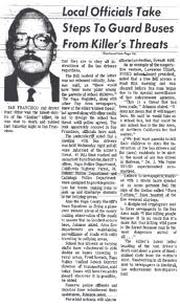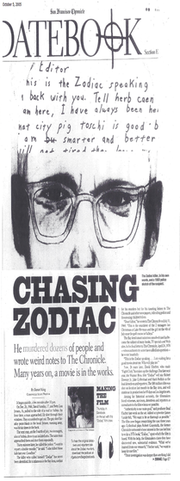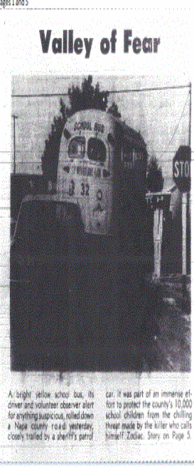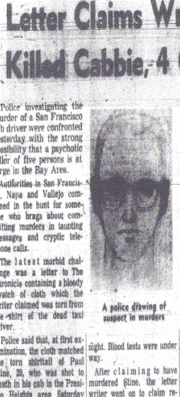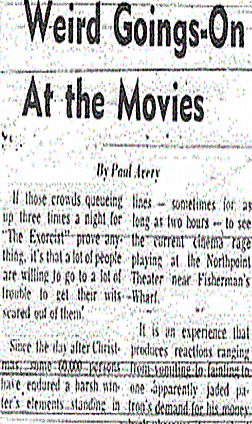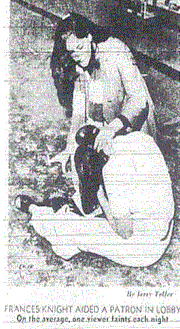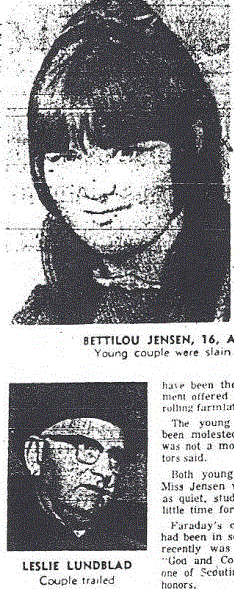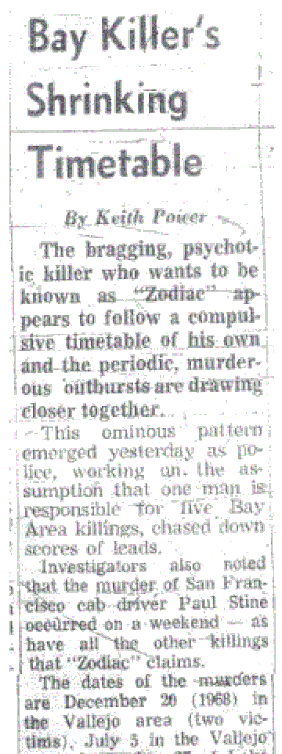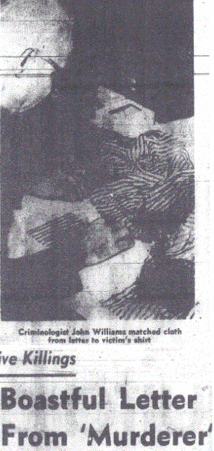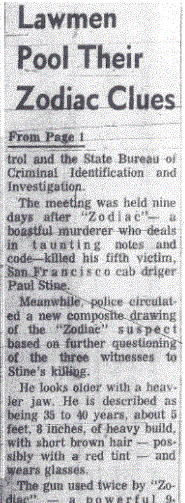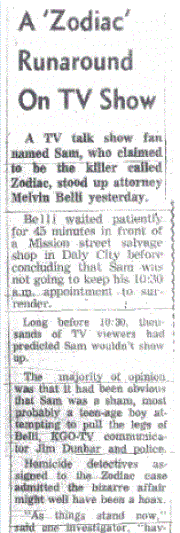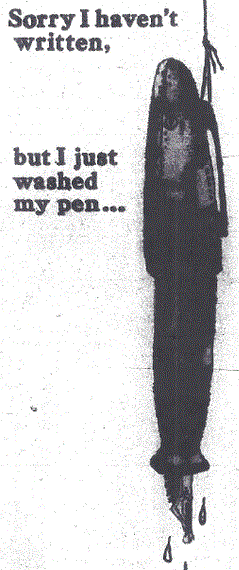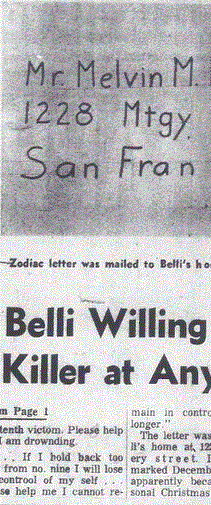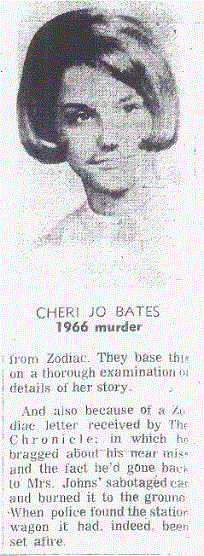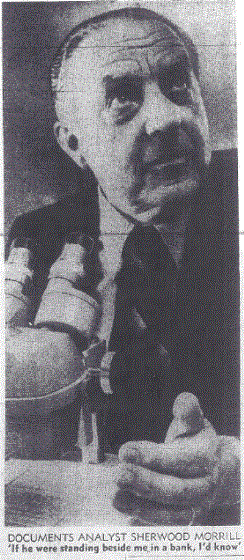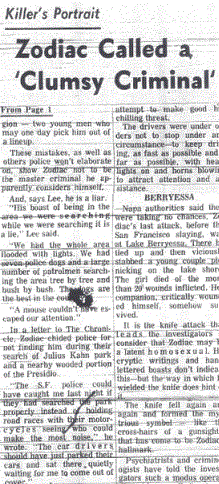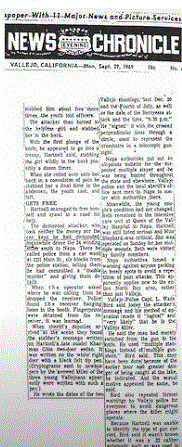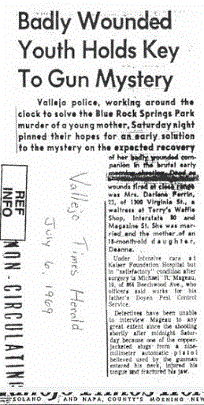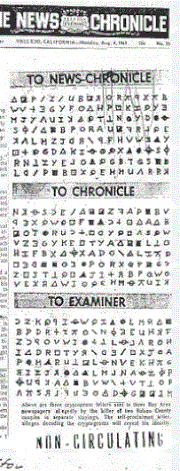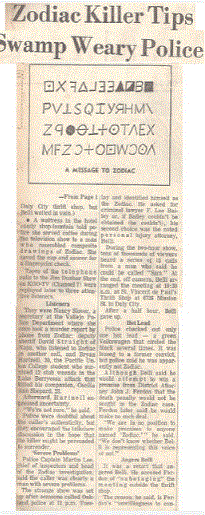We can agree that Cheri Jo Bates left her 4195 Via San Jose residence at approximately 5:05 pm. The next important sighting was from a Mexican-American student, who later stated that "he knew Cheri Jo Bates and had noticed her in the library the night in question. He said he saw the girl "writing something with a ball point pen" in her blue spiral school notebook. The boy told us he was outside about 5.30 pm, waiting for the library to open at 6, and it was then he saw the girl." This statement can be interpreted in two ways. He either saw the girl at 5:30 pm or 6:00 pm. But on this occasion we will opt for around 5:30 pm for reasons explained in 'Zodiac Killer Solved,' while adding a further component from the 'Inside Detective' Magazine.
The journey time from her residence to Terracina Drive, where her vehicle was ultimately found 'abandoned,' is a journey time of about 12-15 minutes. She parked her vehicle 30 yards east of the library annex, as explained in the previous article, on the right hand side of the road. The time now is 5:20 pm. She walked the short distance to the library where the Mexican-American student noticed Cheri Jo Bates "about 5:30 pm." It was likely a few minutes before, because as Ray Grant pointed out, she would eventually notice she wasn't in possession of her bibliography and ventured off to place a payphone call to her co-worker Donna at the Riverside National Bank at 5:30 pm who said she hadn't seen the bibliography. This call probably lasted for approximately 5 minutes, because the next sighting of Cheri Jo Bates was at 5:40 pm when she returned back to her vehicle by the library. This eyewitness was not 100% sure of the girl's identity, but there is a high probability it was Cheri Jo Bates, as she was returning to her vehicle to make the journey back home to retrieve her bibliography.
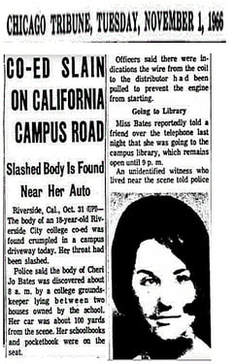
Cheri Jo Bates was spotted by two eyewitnesses (a March Air Force Base man and a friend of Cheri's driving on Magnolia Avenue) that evening, arriving toward Terracina Drive at 6:10-6:15 pm. How could she be arriving at the college at 6:15 pm when supposedly she was entering the library at 6:00 pm, having earlier arrived at the college library around 5:20 pm? If she had arrived at the college twice, then she must have returned home at some point to search for her bibliography.
If we take the 5:40 pm eyewitness sighting as Cheri Jo Bates, this may corroborate her Volkswagen Beetle parked only 90 feet east of the library entrance. She was returning from the payphone heading west to east, toward the library entrance, to consider a journey back home. Had her vehicle been parked 360 feet west of the library or 75 yards west of the alleyway, as asserted by Robert Graysmith, then this eyewitness would not have assumed Cheri Jo Bates was "arriving at the library at 5:40 pm." The magazine stated that apparently she entered the library at 6:00 pm, and had waited 20 minutes from arriving. It is highly likely this is supposition on behalf of the investigators, based upon the 5:40 pm sighting. As Ray Grant suggested, Cheri Jo Bates likely entered her vehicle at 5:40 pm or thereabouts, and drove the 24 minute journey to and from her residence to collect her bibliography. Allowing for the turnaround and locating her bibliography, 30 minutes is a reasonable estimate, placing her arriving back on Terracina Drive at 6:10 pm where she was spotted by both the March Air Force Base man and her friend.
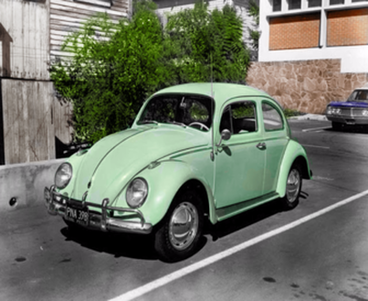
The 'Inside Detective' Magazine added that "the keys were in the ignition, but the car had been disabled and would not start. It was found that the distributor coil and condenser had been ripped out. Greasy finger and palm prints were discovered on the door of the car. Two school books and a notepad were found in the front seat."
Ray Grant believes that Cheri Jo Bates was abducted from her Volkswagen Beetle shortly after arriving at the library at 6:10-6:15 pm, indicating she never entered the library that night. Had the Mexican-American student only spotted Cheri Jo Bates at "about 5:30 pm" outside the library, then no eyewitnesses at all that night had recalled Cheri Jo Bates inside the library. Ray Grant believes it wasn't Cheri Jo Bates that checked out the library books, but the perpetrators of the crime. We may disagree on the events from 6:15 pm onward, but an abduction cannot be ruled out, as the young woman was 'missing' for just over 4 hours, until screams were heard coming from the alleyway where Cheri Jo Bates would ultimately be found by groundskeeper Cleophus Martin the following morning. She was almost certainly forcibly removed from her vehicle, particularly so, if only one assailant approached her vehicle that evening or night. If, as the 'Confession' letter intimated, she walked willingly away from her vehicle, then it is extremely unlikely a conscientious woman who prided her Volkswagen Beetle, would leave the keys in the ignition, with both windows rolled down and the doors unlocked, with one possibly ajar. The state of her vehicle clearly indicated she was under duress at this point.
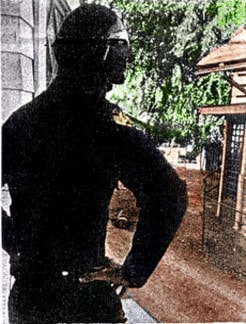
If on the other hand she was forcibly removed, let's say under gunpoint or knife, shortly before 10:30 pm when she arrived back from her 'missing' 4 hours and then coerced into the alleyway, before being murdered, we have to ask ourselves the question -. would Cheri Jo Bates have arrived back at her vehicle at approximately 10:25 pm at night and rolled down both windows of her vehicle before attempting to drive away? Or had she rolled down the passenger side window for the sole purpose of conversing with somebody on the sidewalk, who was offering her assistance with the stricken vehicle? Were the unlocked doors, greasy fingerprints and "evidence that the man had been in the car with her," a sign that she initially felt comfortable with the good Samaritan - or that it was somebody she knew? All the evidence suggests that Cheri Jo Bates was forced from her vehicle that night, but was it around 6:15-6:20 pm, or shortly before 10:30 pm? Or is there another scenario, that may yet shed light on the events of October 30th 1966?
http://www.zodiacciphers.com/zodiac-news/cheri-jo-bates-re-evaluating-the-crime-scene
Zodiac Killer Solved by Ray Grant.
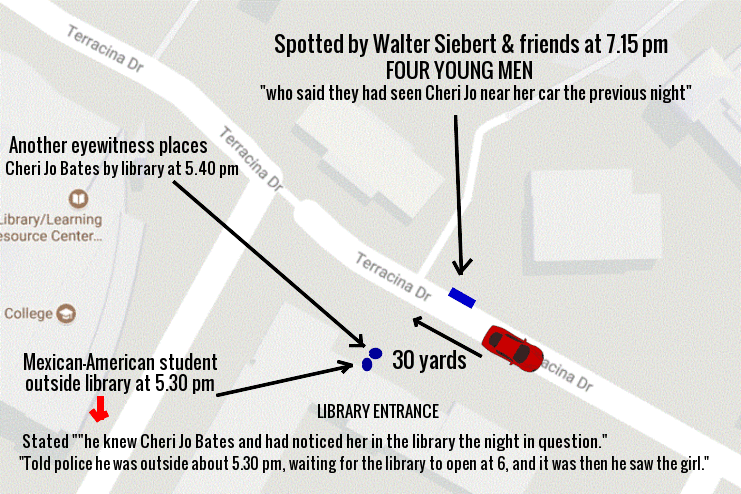
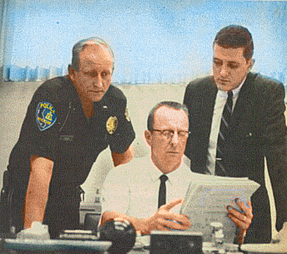
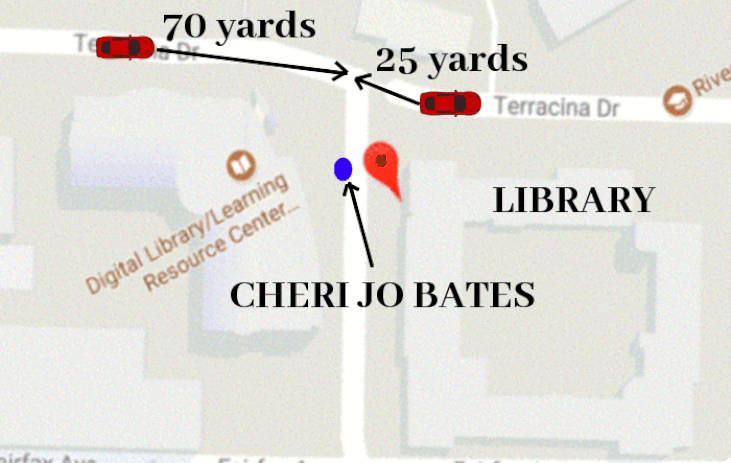
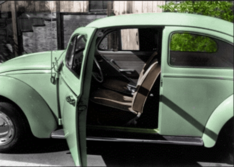
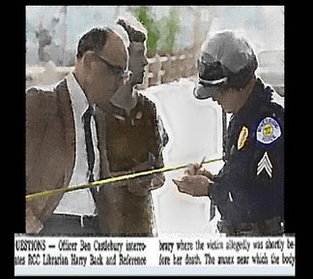
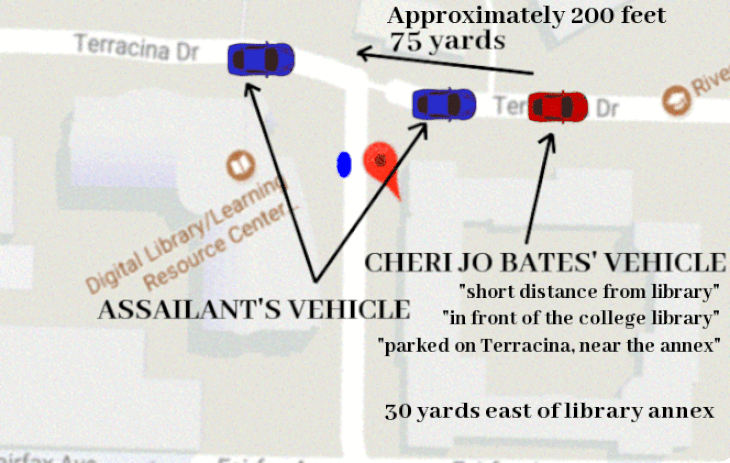
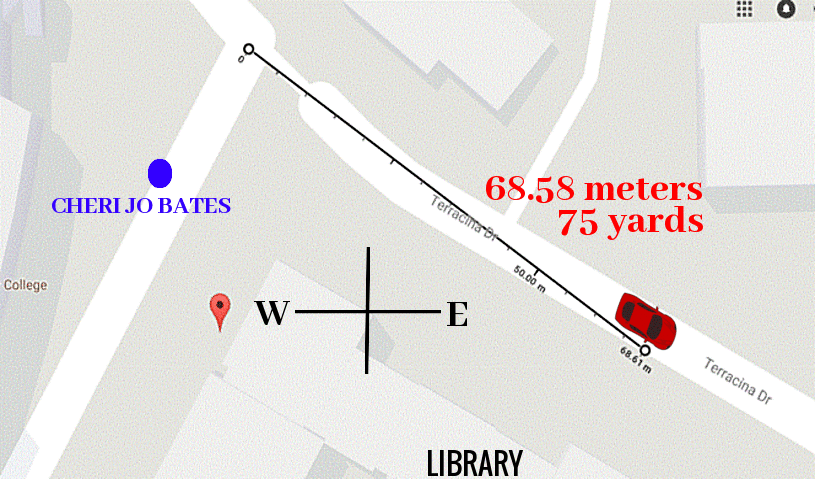
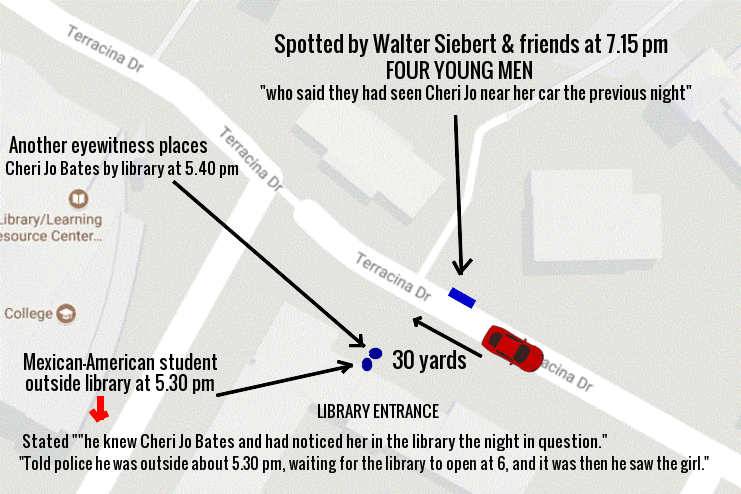
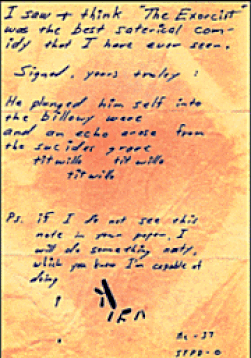
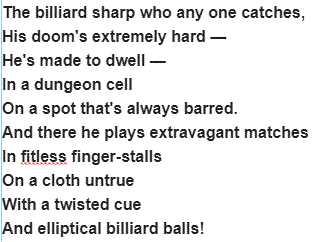




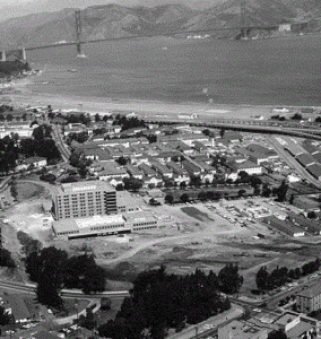
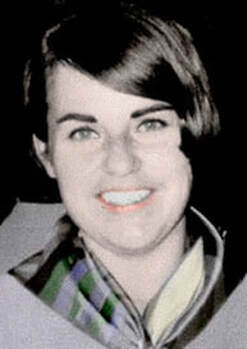
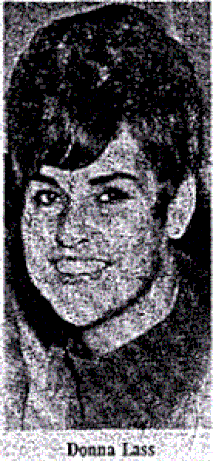
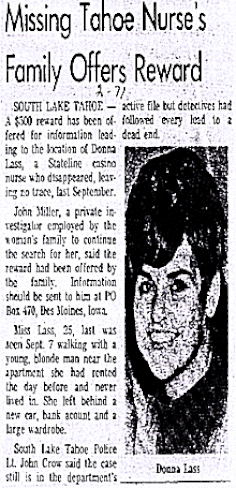
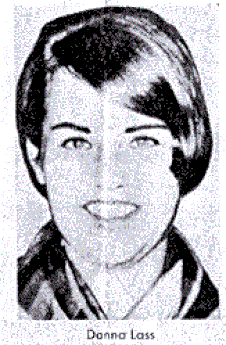
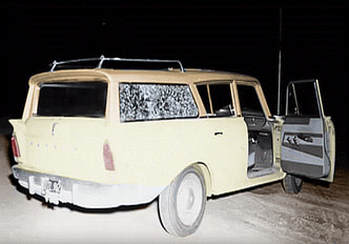
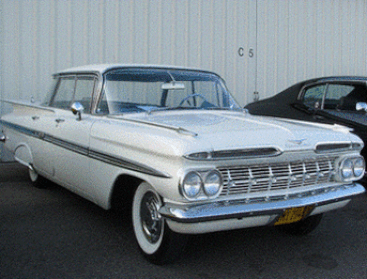

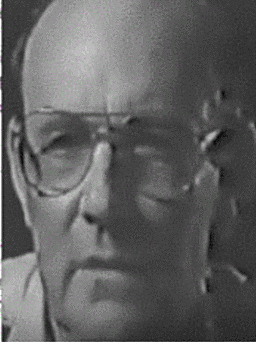
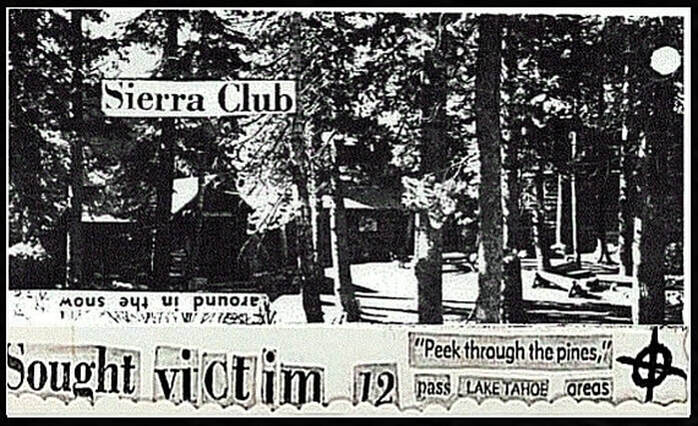
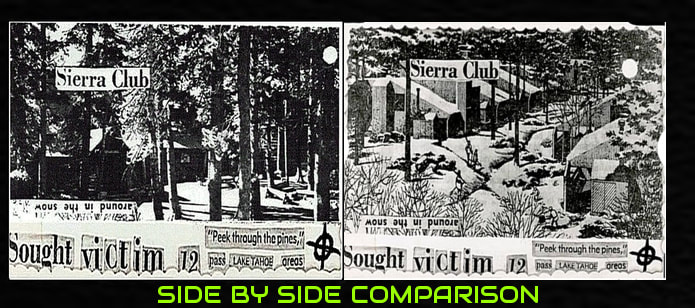
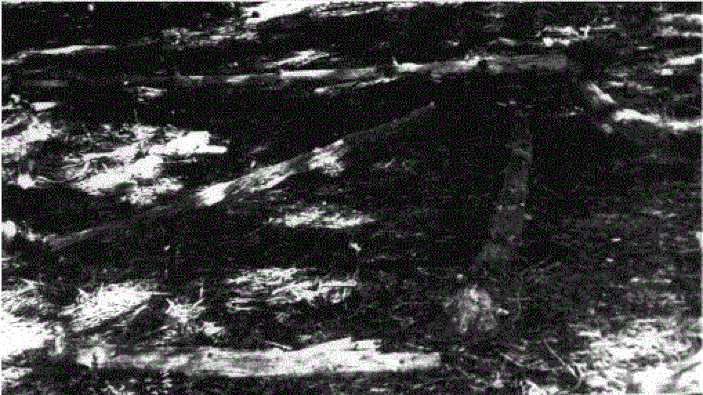
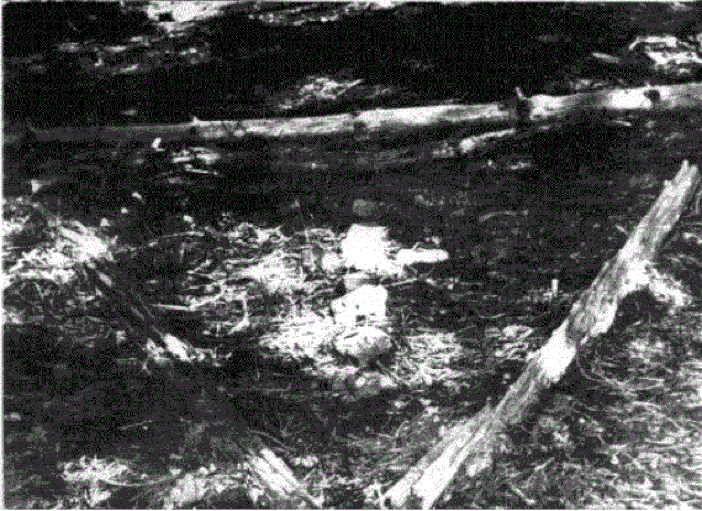
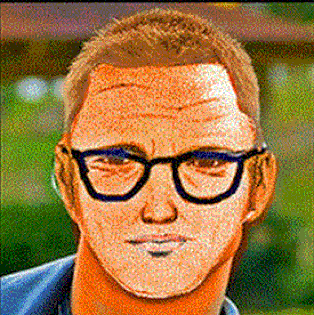
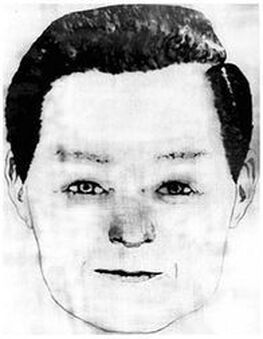
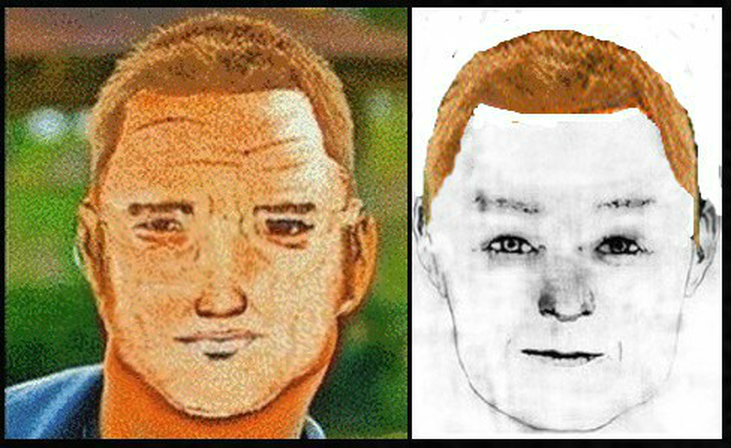
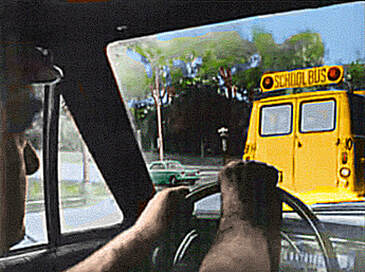
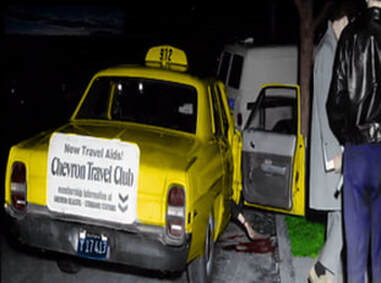
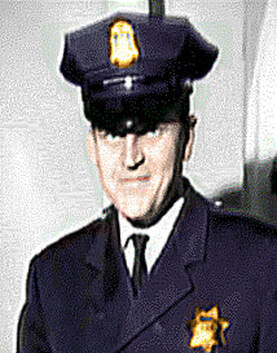
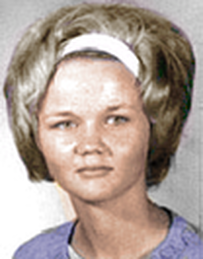
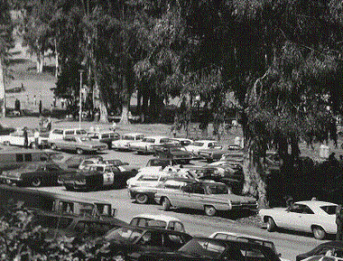
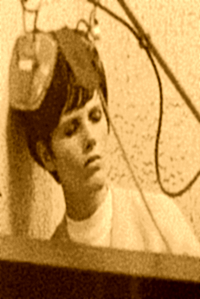
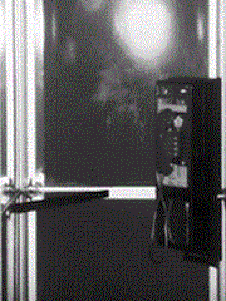
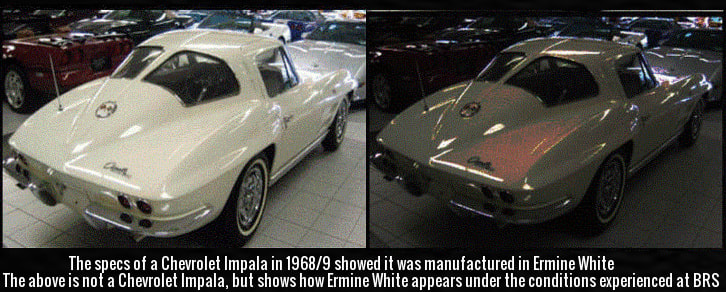
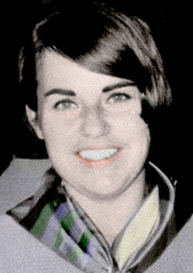
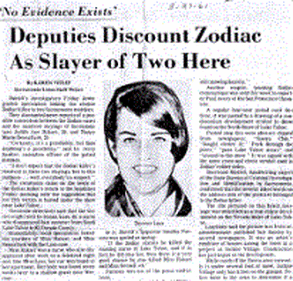
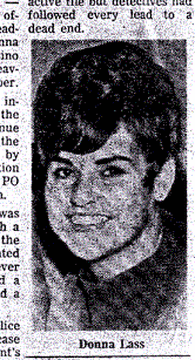
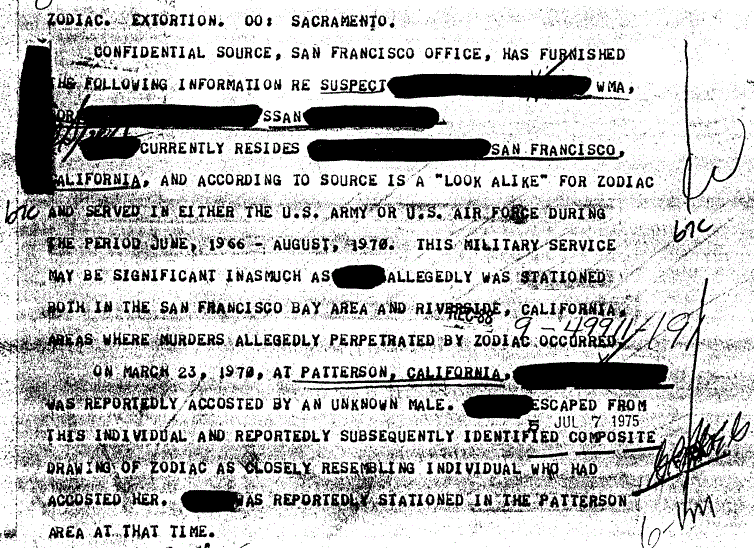
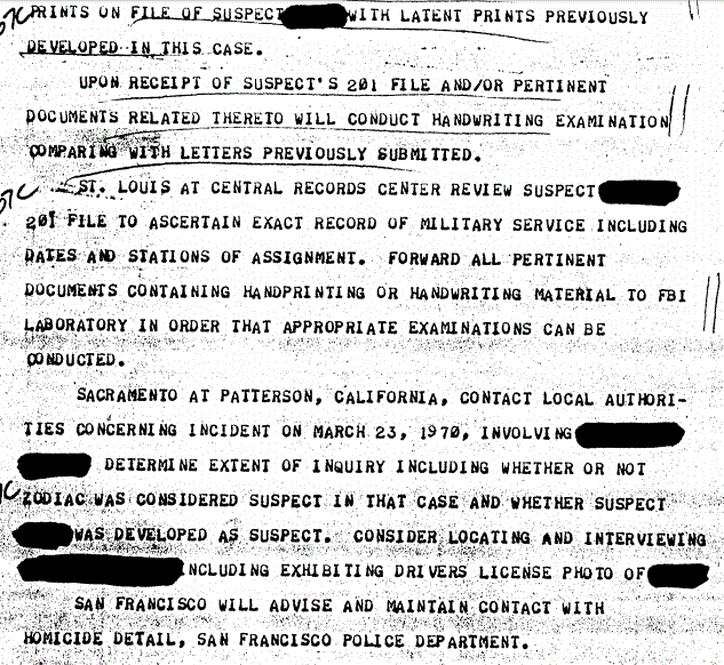




 RSS Feed
RSS Feed
